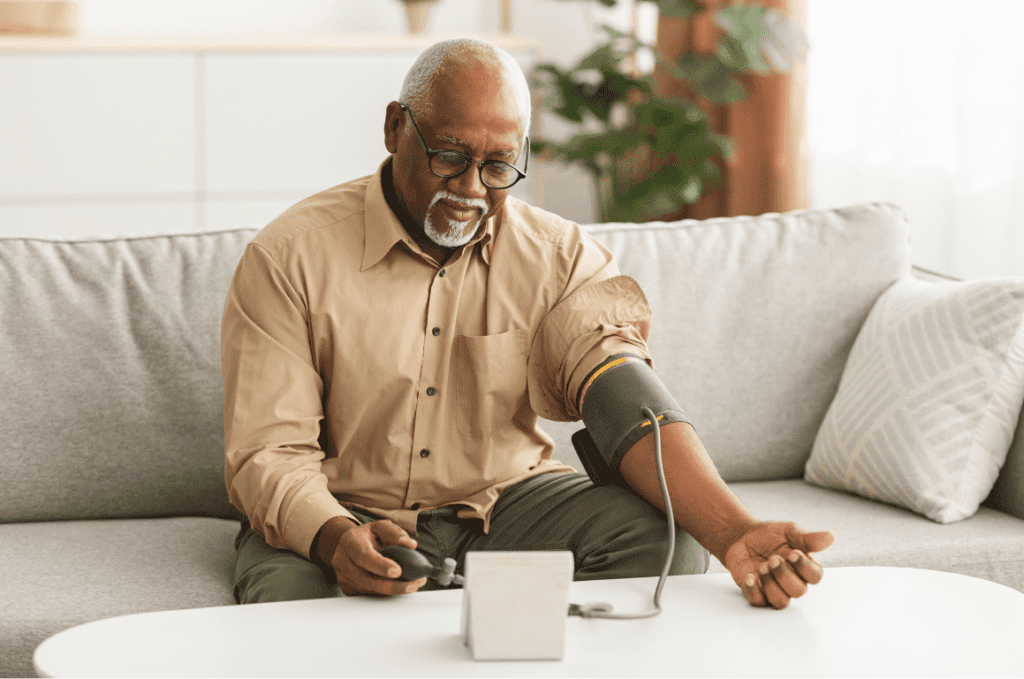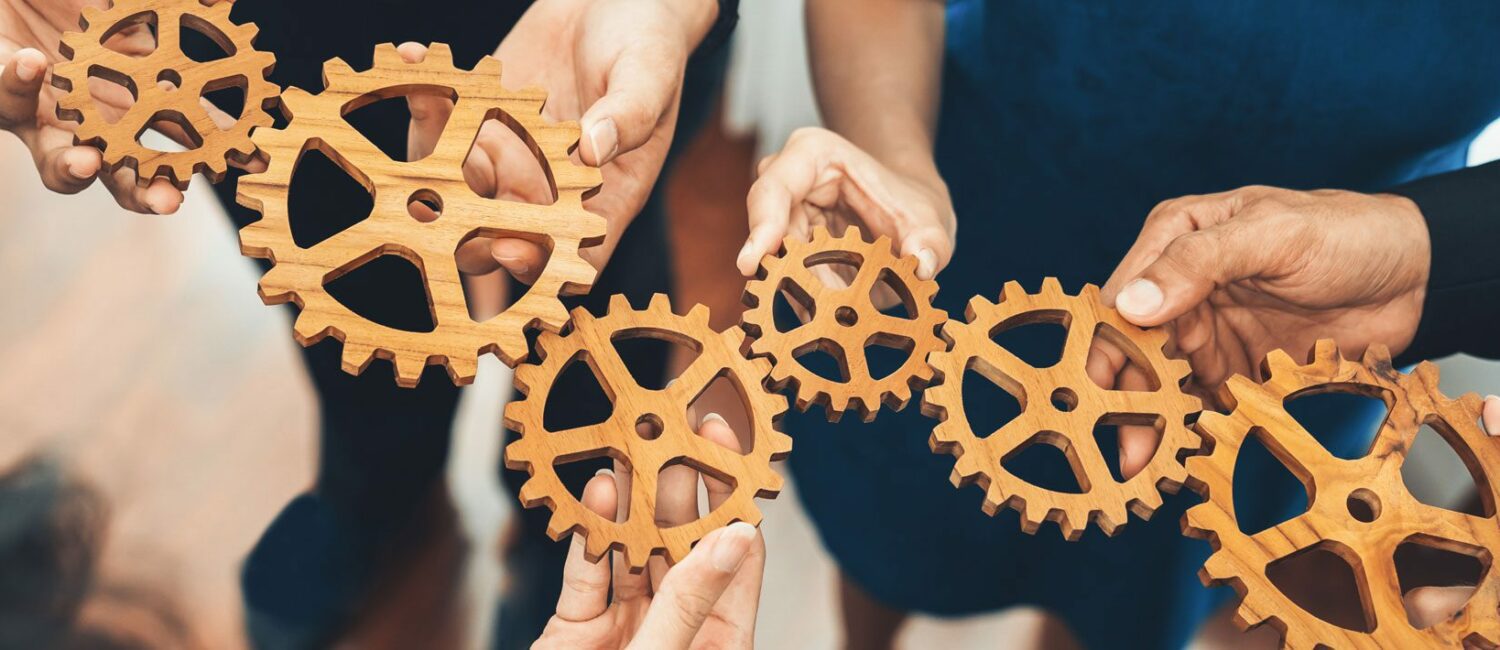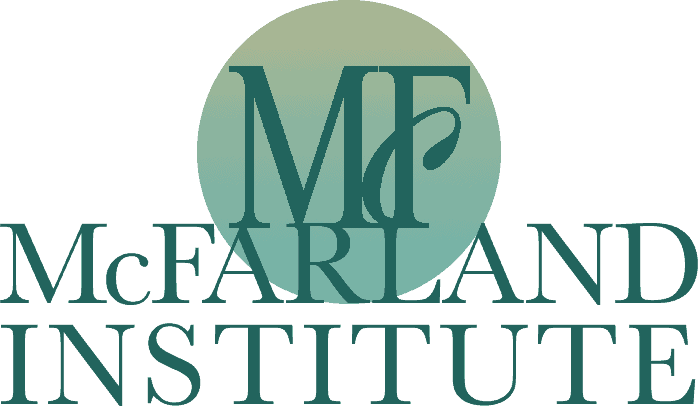Our Projects
McFarland Institute projects fill gaps that might otherwise preclude worthy individuals or an entity from succeeding. Two very different projects funded by the McFarland Institute exemplify how a significant impact can be achieved through the timely use of resources.
Training

First, to train future persons to understand and deliver services based on practical experience, the Institute is funding undergraduate and graduate student interns in practical applications of technology and information dissemination. One such intern developed dental health information sheets for the community’s homeless residents. She designed culturally competent pamphlets that are relevant to the needs of homeless individuals and families. She piloted the documents with actual shelter residents with one-on-one discussions and made adjustments for maximum effectiveness. Further, she consulted with an oral health expert, professor, and endodontist, about ways to expand Remote Patient Monitoring (RPM) efforts into oral health. Most tele dentistry efforts typically consist of consultations and referring individuals to other specialists; however, through her research and inquiry, the professor confirmed that AAHP could potentially use at-home imagining boxes to allow providers to view external cavities before obtaining x-rays and physical measuring of cavity depth and gum health in a dentist’s office. This new learning is important to the intern’s professional growth and also to the body of knowledge for McFarland and Associates.
Remote Patient Monitoring
A second example of Institute funding to use technology was the need for remote patient monitoring devices to better serve the public. McFarland secured grant funding to deploy the use of remote monitoring devices to measure and transmit biometric data on blood pressure, weight, glucose, and oxygen saturation in real time. These tools monitor biometric-related health risks and provide participants with the information needed to live healthier and longer lives. The Institute was able to attract and use financial support to purchase instruments to allow the consistent monitoring without the client making an office visit or a health worker making a home visit.

Through this regular data monitoring health workers can see changes and use video phone consultations to counsel the client, discuss alternative behaviors, encourage compliance, and if necessary, determine a need for more immediate medical intervention.
As can be seen by the examples, it is not always large sums of money that can make a difference in simply challenging students to be excited about correcting disparities in health or in using technology to change the health outcomes of individuals. The Institute’s business model is to invest where an immediate need emerges, and alternate funding is either unavailable or too cumbersome to access within a reasonable timeframe.


